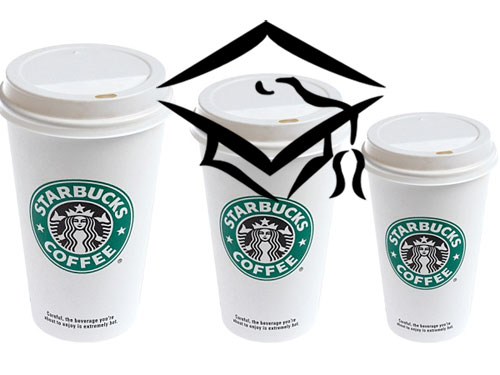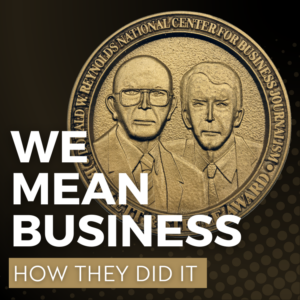Years ago when I worked in San Diego, I covered a company whose chief executive was truth challenged. So when a fax came across (yes, it was that long ago) claiming that the company had triumphed in a dispute with federal regulators I was suspicious.
I called the feds and discovered that the company had in fact lost on something like nine out of 10 counts. I wrote the story. The next day, I was amazed to see that every other newspaper had merely written off the company press release. The CEO called me and with a laugh said, “You caught me.”
If I had only applied the same skepticism when Starbucks announced what appeared to be a ground-breaking partnership with Arizona State University to help its employees with college tuition. Many of the details were yet to come. And I knew that Starbucks CEO Howard Schultz is a master media manipulator. But the basics sounded good and I wrote an online column to complement the main bar. The take was to provide context about how this could be a pioneering move in moving low-paid service workers into higher-paying work thanks to a college degree. I could also bring my first-hand knowledge of ASU President Michael Crow as an innovator.
It wasn’t a terrible column, but as time went on the details showed that there was less than met the eye.
After days of criticism, some of it savage, Starbucks clarified that it would reimburse the tuition only for juniors and seniors. Freshmen and sophomores would be eligible to apply for financial aid from ASU. I added this information to another blog post, but I felt as if some damage had been done.
I should have been more careful with my language. I should have laid out what wasn’t yet known. And, yes, I should have told readers that Schultz is a self-promoter, so let’s see if the details of the program meet the initial hype.
If you cover business, you will be lied to. Don’t become cynical. But always be skeptical. It’s part of your pact with the reader.











